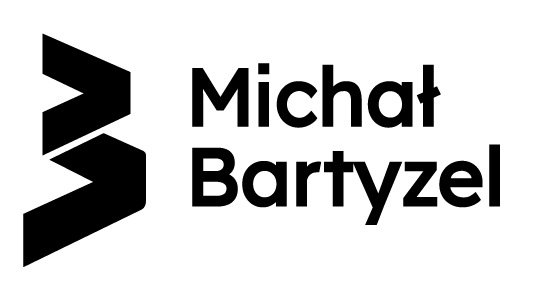Trying to apply techniques collected by Conversation Patterns, you may be wondering is this enough to have an effective conversation. Well, this is definitely enough to clearly define stakeholders needs and to specify their expectations in a required form.
Conversation Patterns are mechanics-part of a conversation and there is very strong assumption behind them, which must be satisfied to make the techniques work. It is assumed there is kind of chemistry between you and a person you conversate with.
I cannot define what the chemistry-part is, but sure you know what I mean. You are willing to talk to the person or you aren't. That's all. So, without any kind of chemistry you won't be able to discover any needs or to gather any requirement. That is because the use scope for Conversation Patterns is a stakeholder will to cooperate with you.
I haven't mixed that two: mechanics- and chemistry-parts on purpose. I think it might make the model over-engineered and unclear. I've been testing many approaches for last five years. Some of them were strongly persuading and some where old-fashioned communication techniques. Personally I've chosen Non-Violent Communication (NVC in short) for the chemistry-part.
NVC is philosophy actually and bunch of techniques developed by Marshall Rosenberg Ph.D. NVC addresses the chemistry-part by giving an empathy to a person. It is also about discovering needs, but Marshall Rosenberg discovered we all have same needs for love, safety, community and so forth. Unfortunately these needs are hidden behind feelings, so they must be recognized first.
To distinguish NVC needs and need model I've developed, I call them human needs. They are actually shared by all human beings.
It worth to mention that NVC is not techniques for giving human-detached empathy. During a training you learn to distinguish: an environment, feelings, human needs and strategies for fulfilling these needs.
This is kind of mental shift. It makes you more aware of that chemistry-part. You start carefully using a language, not for judgements but for expressing yourself. Finally, you are able to see through all tensions and misunderstandings which may happen, and behold stakeholders asking for your help.
